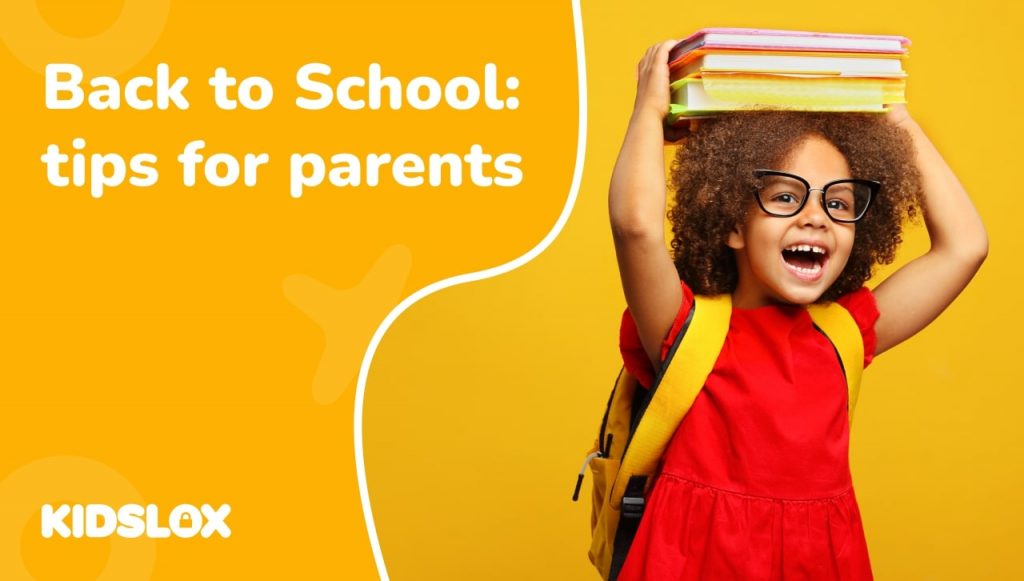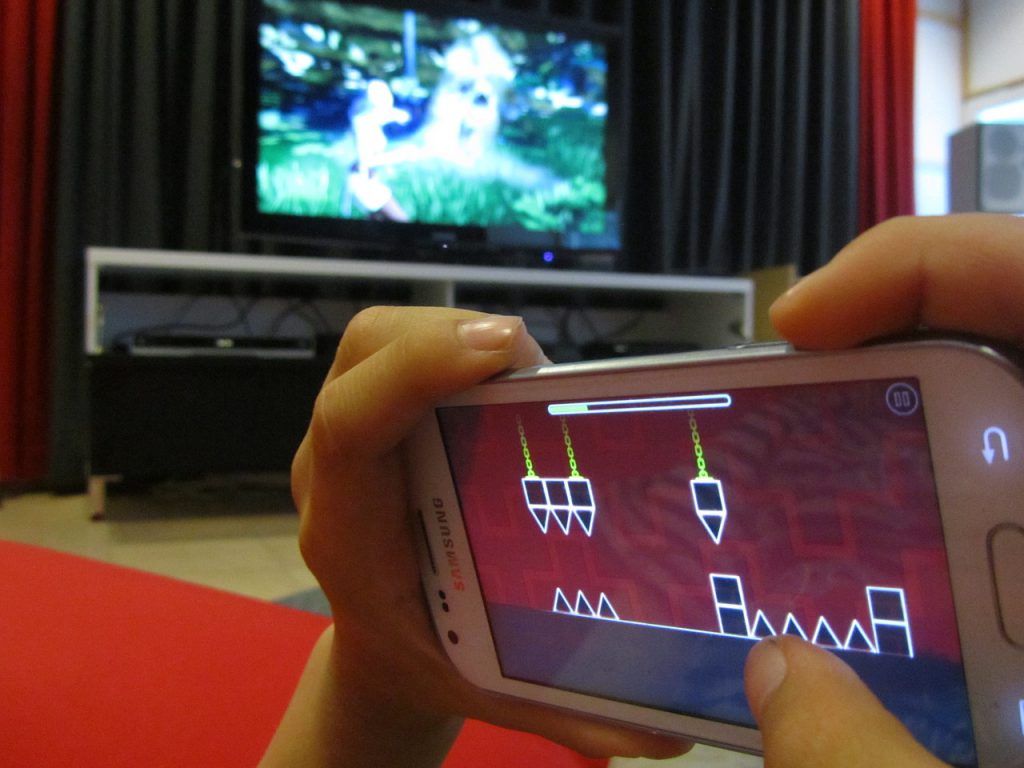Helpful back-to-school tips for parents preparing for the year ahead.
There are a few weeks left before the new school year starts, and while your kids are still soaking up the last rays of summer, we have pulled together all the tips and ideas you need to get the next term off to a flying start!
Healthy habits and routines for back-to-school success
One of our top back-to-school tips for parents is all about routine! The transition from vacation to school mode is always easier once you have a good routine in place. The predictability offers comfort and structure, sets expectations and gives teens something to hold on to amidst the tumultuous environment of growing up.
Establishing Morning Momentum:
We often underestimate the power of a smooth morning, but how we start our day can dictate the tone for the rest of it.
- Establishing a consistent wake-up time, children learn the value of discipline from an early age.
- It’s not just about the act of waking up; it’s about the habits formed in those initial hours. A nutritious breakfast fuels the body, ensuring they have the energy for the day’s challenges.
- Incorporating a brief window of screen time, focused on educational content, can also be beneficial. It allows children to associate technology with productivity, right from the start of their day.
- The middle of the day is inevitably taken up by school and activities, but come 4pm, children can be restless. Make evenings an opportunity to reflect, relax, and recharge for everyone by setting good habits early.
Finding Enjoyment in your Evenings:
- Homework should be the first thing on the list before the evening unfolds and teens get too tired. Setting aside an hour or two each day gets kids into the habit of prioritising their school responsibilities and eliminates last minute stress (for parents too!).
- Getting enthusiastic about offline activities, be it reading a book or engaging in a family board game, can be the perfect antidote to a tech-heavy day.
- Lastly, as bedtime approaches, reducing screen interaction is essential. The blue light emitted from screens can disrupt sleep patterns and phones provide distractions that keep busy thumbs scrolling into the early hours. By limiting screen time in the hour leading up to bed, parents can ensure their children get restful sleep, preparing them for the day ahead.
Four ways to create the perfect environment for a successful start to the school year
- There’s a saying: “a cluttered desk is a sign of a cluttered mind”, and for children who are just beginning to grasp the complexities of academics, a tidy space can make a world of difference. One of our favourite ideas for parents seeking back-to-school tips is getting kids involved with creating the perfect working environment.
- An organized study area minimizes distractions, allowing kids to really focus on their tasks. Additionally, having designated spots for each study tool (be it textbooks, stationery, or gadgets) instills a sense of responsibility and pride in their space. You can fill it with motivational messages and get your kids involved in the design and decoration of their study nook for extra motivation to use it!
- When creating their study space, don’t forget about their physical wellbeing. A well-designed chair and desk can prevent posture-related issues. Similarly, good lighting is not just about visibility, it reduces strain on the eyes, making study sessions more comfortable.
- Finally, a study space should resonate with the child’s personality. Whether it’s posters of motivational idols, quotations that inspire, or simply art they’ve created, these personal touches can transform a mundane study corner into a hub of inspiration. It serves as a constant reminder that this space is uniquely theirs, motivating them to engage with it regularly.
Digital Literacy Tips: Beyond the Basics for Back-to-School
You’ve probably spent the summer helping your kid’s find alternatives to screen time, but as many school assignments and research tasks happen online, getting to grips with the basics of digital literacy, or refreshing your kids’ knowledge is a great move.
It’s here that parental control tools, like Kidslox, can help. By limiting distracting apps and websites during study hours, their device remains an asset, and not a hindrance. You can customize access, ensuring children can leverage the vast educational resources online while staying shielded from potential distractions.
The definition of literacy has evolved significantly over the last decade. While reading and writing remain fundamental, the digital age demands a broader spectrum of understanding. To be digitally literate means to confidently navigate, understand, and contribute to the online world, armed with knowledge and caution. Here’s where to start:
1. Safety First
The internet is filled with opportunities and potential pitfalls. It’s not sufficient to merely tell kids what they can or cannot do online. There’s a need to explain the ‘why’ behind your rules. Frequent and open discussions about potential online threats – from cyberbullying to phishing attempts – help children recognize and evade them. Equipping kids with basic knowledge about privacy settings, the dangers of sharing personal information, and understanding the intentions of strangers online can shield them from many virtual threats.
2. The Social Media Landscape
As teens inch closer to the age where joining social media platforms becomes a rite of passage, it’s essential for them to do so with a well-rounded perspective. Beyond the glitz, glamour, and memes, social media can be a whirlwind of emotions. Parents should guide their kids on understanding the often ‘curated’ nature of online content, teaching them to differentiate between reality and digital personas. Furthermore, conversations about the potential impact of likes, comments, and online validation on self-esteem can help fortify their emotional resilience.
3. Understanding Critical Consumption
In the era of ‘fake news’ and misinformation, children should be taught to question the authenticity of what they come across on the internet. Encouraging them to cross-reference information, understand the biases of certain sources, and recognize clickbait headlines ensures they develop a discerning eye. This skill, in the long run, will not only aid in academic research but also shape them into well-informed individuals.
4. AI and Plagiarism
AI is developing at lightning speed, heralding a new set of challenges and ethical considerations in our digital age. It may be that your child’s school has a policy on the use of applications like ChatGTP, so make sure you’re up to date with the rules to avoid your child crossing the line when it comes to using AI.
5. Balanced Digital Interactions
The online world offers so many avenues for learning and interaction. From educational forums and tutorials to global collaborations on projects, there’s a lot to gain. However, striking a balance is crucial. Time spent online should be purposeful, avoiding endless hours of passive consumption. Tools like Kidslox can help in defining this balance, allowing for productive online sessions mixed in with fulfilling offline activities.
Managing Screen Time – the ultimate back-to-school routine!
Our screens are pervasive. They’re in our pockets, on our desks, and unfortunately all too often, at the dinner table. One of the best back-to-school tips we can offer parents is to set a good screen time routine in stone before they hit the books.
1. Define The Boundaries
Creating boundaries isn’t about imposing strict rules, but more about creating an environment where screens have their time and place. For instance, designating tech-free zones at home, like the dining room, fosters face-to-face interactions during meals. Similarly, setting guidelines like ‘no screens an hour before bedtime’ can aid in better sleep, given that blue light from devices is known to disrupt the sleep cycle.
2. Quality Over Quantity
The debate shouldn’t solely be about ‘how much’ but also ‘how’ the screen time is spent. Two hours spent creating digital art or working on a school project is vastly different from two hours scrolling mindlessly through social media. Encouraging purposeful interaction with screens, where children are creators rather than just consumers, can lead to productive and fulfilling digital experiences.
3. Harnessing Tech Tools:
In a world where children often have personal devices, manual monitoring can be challenging. This is where technology itself offers a solution. By setting time limits, blocking specific distracting apps during study hours, and even tracking overall screen time, parents can provide guidance from the sidelines, allowing kids to be more self-aware and take charge of their digital habits. Kidslox is the ideal tool for parents looking for a simple solution to implementing a successful back-to-school routine.
4. Physical and Mental Well-being:
Excessive screen time has physical repercussions, leading to issues like digital eye strain or being too sedentary. Emotionally, overexposure can result in feelings of isolation or reliance on digital validation. Encouraging breaks, promoting outdoor play, and having offline hobbies can serve as effective counterbalances. Activities like reading, painting, or even just taking a walk outdoors can rejuvenate both the mind and body.
5. Family Screen Time:
It’s beneficial when the entire family adopts a balanced approach to screen time. Having shared screen time, like a family movie night or co-playing an educational game, can make digital interactions more meaningful. It also offers parents a chance to observe and understand their child’s online behaviors and preferences.
At its core, managing screen time is a lesson in moderation and conscious choice. It’s teaching children that while the digital realm offers immense potential, real-life experiences are irreplaceable. It’s about ensuring that as they grow, they do so with a clear understanding of the digital tools at their disposal, using them to enhance rather than dictate their lives.
Getting kids excited about going back-to-school
Getting back into the swing of things for school can be a shock to the system for everyone in the family, but don’t worry – here are our top 5 parenting tips for making ‘back-to-school’ a breeze!
1. Stay positive
Starting a new school or moving up to the prospect of exams can be daunting. Bring kids along for the ride by empowering them with a sense of agency over their study schedule, their study space and how they’re going to make the most of the year ahead.
2. Get in the groove
Start your routine early, and set the boundaries everyone needs to follow as early as possible so that when the first day of term rolls around, everyone is ready to get up and at ‘em!
3. Make it a family affair
Use the back to school period as a chance to set new routines and habits for yourself. Children model their behavior on your approach to discipline and routine, so by making sure your ship is running smoothly, you’re setting the best precedent you can.
4. Brush up on digital citizenship
Screens in the classroom and learning at home are now entwined. Make sure you’re giving your kids all the tools they need to stay safe online and use the internet for its benefits and not its pitfalls.
5. Get a helping hand
Limit the stress and enlist help from other family members and tools to run things smoothly. Kidslox is your helping hand to help limit online distractions, set and help kids adhere to screen time limits and even give you the peace of mind to know their location in and around school hours.
Good luck!





